We had planned in 2021 to take a series of international birding tours during the year, with short forays in between, rather than taking a single long road trip. However, the first several tours have been cancelled because of COVID-19, and the remainder are uncertain. So the new plan is to spend most of April experiencing songbird migration on the Upper Texas Coast, and subsequently to focus on looking for new native plant genera.
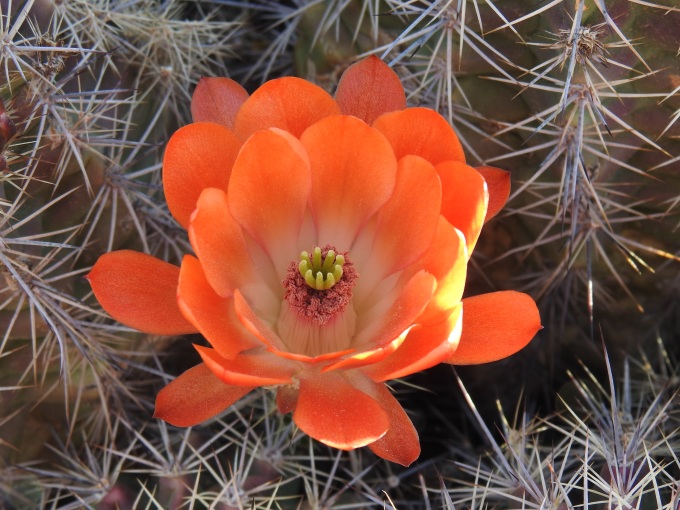
We will be traveling in a relatively small region from southeast Arizona to east Texas, the area being mostly within a quadrilateral roughly bounded by Tucson, Dallas, Houston, and Big Bend National Park. This will involve two separate trips, one in spring, and one from mid-summer to early fall. We’ll take a break in between for a respite from the heat, during the relatively less floristically interesting early summer period.
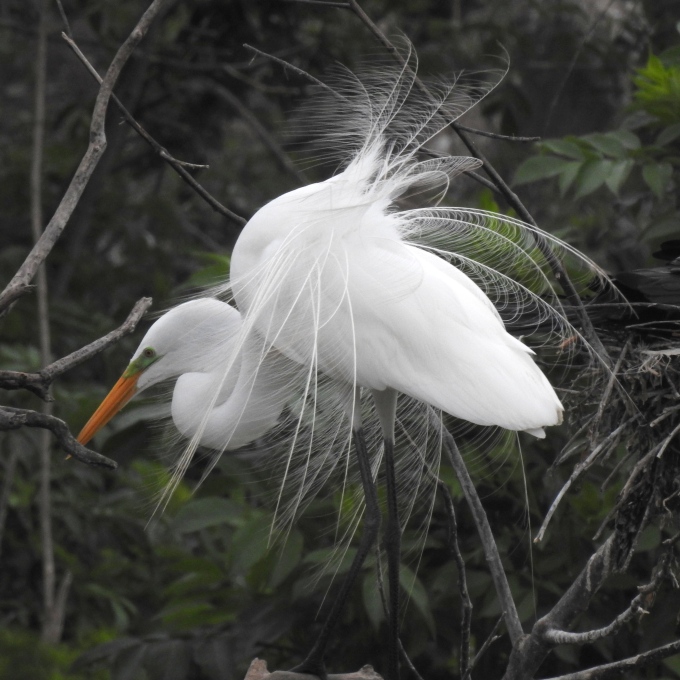
We were in El Paso for about 8 weeks this winter, during which I devoted about 40 hours per week to researching native vascular plant genera that we have not seen in the continental U.S. and Canada. There are a total of 2108 native genera, and when I did the end-of-year tally in February, the total was 1499, or 71%. I am not sure it is feasible, but as a long-term goal, it would be very satisfying to reach 90%. We saw #1500, Selenia, a cute member of the mustard family, on a day trip to Alamagordo, NM, on March 12.
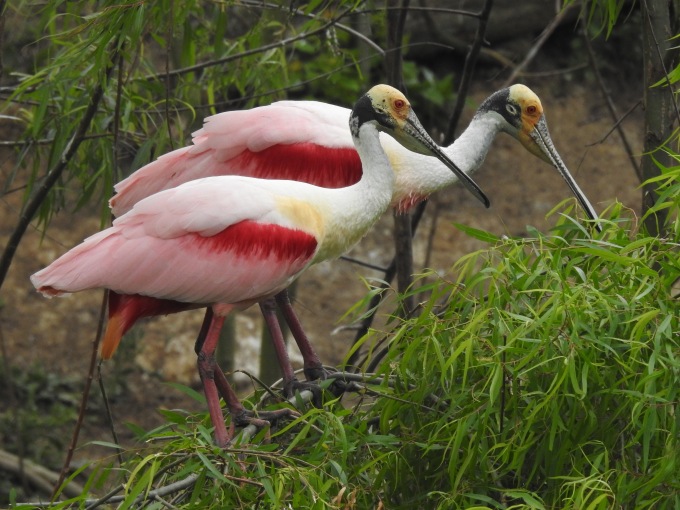
We left El Paso on April 2, spending several days with our friends Martha and Charlie in Fort Worth, tracking down a number of early spring plants. From there we took a side trip to the Red River drainage near the Oklahoma border to look for Osage Orange. We have seen this interesting tree many times but had never found one that was compellingly native. This species was so widely and quickly planted as people settled the frontier that the true native range of the species in in question. However, the first land surveys always referenced the locations of key boundary points to nearby features, usually large trees called witness trees. A paper describing an exhaustive analysis of such records indicated that Osage Orange was originally found in twelve counties in Texas along the Red River (it also occurred across the river in Oklahoma and Arkansas). We used satellite photos of the region to locate high-quality floodplain forests that might have undisturbed populations of the species. We ultimately found a number of fine trees within Hagerman National Wildlife Refuge (NWR), and so finally were able to add Maclura pomifera to our list of native genera seen.
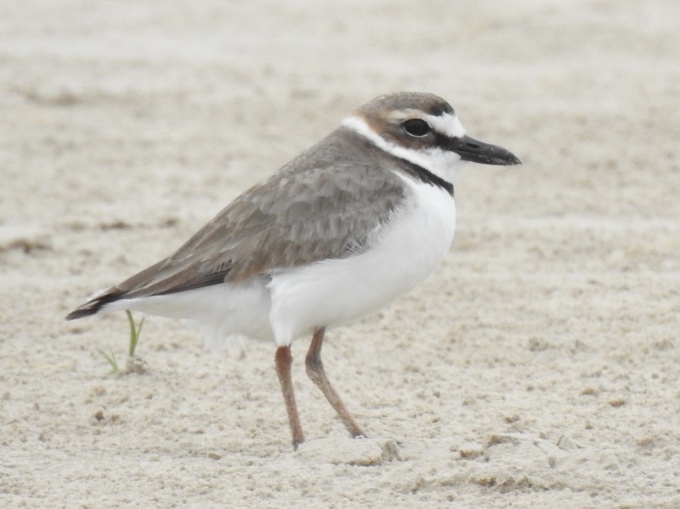
We reached High Island, our base for the next four weeks, on April 7. This famous location for observing spring migration of songbirds is 60 miles ESE of Houston. It is not an island surrounded by water, but rather is an isolated section of higher ground surrounded by low marshes and beach. High Island is raised to a maximum elevation of 38 feet above sea level by an underlying salt dome. This higher ground supports stands of live oak and other upland species, which are much closer to the coast than is usually the case.
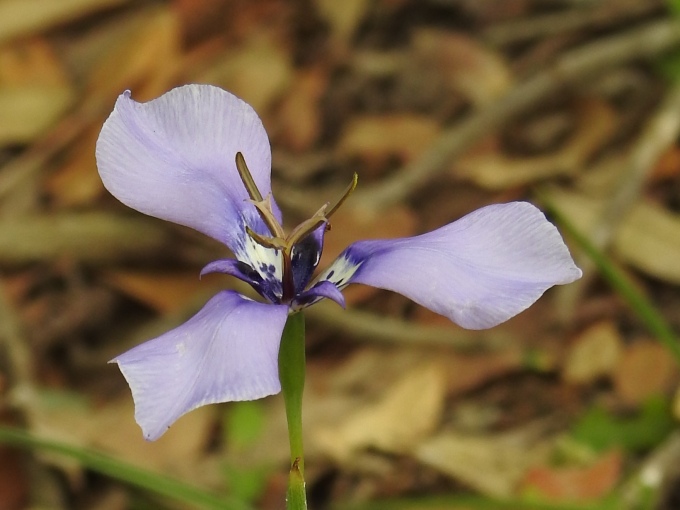
It has been estimated from radar data that two billion birds migrate across the Gulf of Mexico each spring, taking advantage of prevailing southerly winds from the Yucatan Peninsula. Warblers, a colorful group of small songbirds, are especially well-represented among the trans-Gulf migrants, with about 21 out of 37 eastern species migrating in numbers over the western half of the Gulf of Mexico. Even Ruby-throated Hummingbirds use this route, which involves flying over water for about 650 miles. If the winds are favorable, migrants leave once it is dark, and fly at altitudes of 2000 to perhaps 5000 feet, taking from 11 to 20 hours to reach the Upper Texas Coast, depending on wind direction and strength. Typically, trans-Gulf migrants reach the coast between late morning and early afternoon.
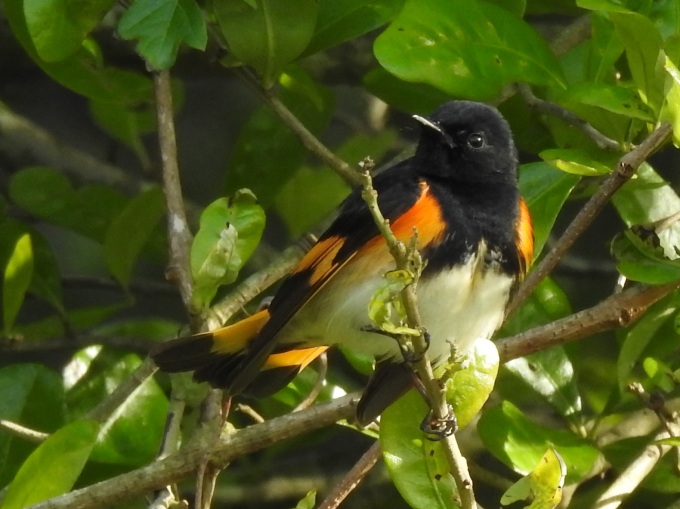
If the birds experience sustained tailwinds and do not encounter unfavorable weather such as rain, they generally still have some fat reserves and “energy” upon reaching the coast. In this case, they normally remain aloft and overfly the coast, to take advantage of the tailwinds to make additional distance and reach rich feeding grounds with good protection from predators. But if the wind shifts as they cross the Gulf, requiring them to labor against a headwind, or if they have to fly in rain, they can become tired and/or cold and will land in the first place they can upon reaching the coast. The oak groves of High Island stand out from the air as being the best landing place for many miles along the marshy coast, and so remarkable concentrations of migrants can occur there.
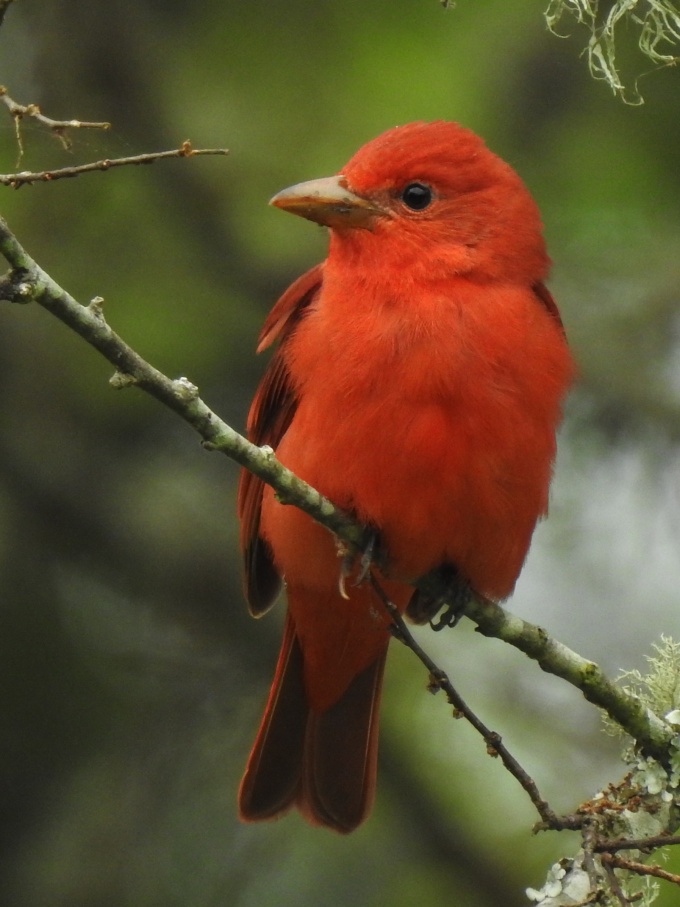
The best locations we found for songbirding on High Island were the Smith Oaks Bird Sanctuary run by the Houston Audubon Society (HAS), and the Hooks Woods Bird Sanctuary owned by the Texas Ornithological Society (TOS). Hooks Woods is small (5 acres) but the adjoining portion of First Avenue is also excellent habitat, effectively enlarging the birding area. It is the closest oak grove to the coast and on a day when migrants are landing, it is possible to see them coming in from the Gulf and landing in the oaks, which is fun to watch. It’s a great place to quickly get a handle on the day’s migration.
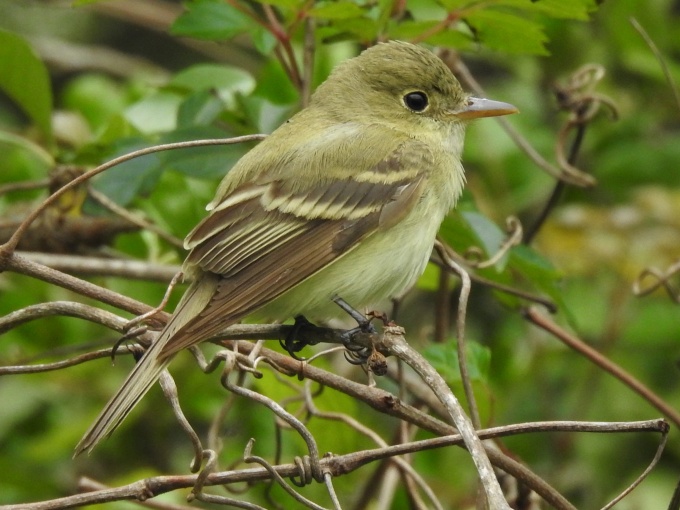
Smith Oaks is a large preserve (177 acres) with a newly built canopy walkway, a marvelous bird rookery notable for its Roseate Spoonbills, and a nice variety of habitats for songbirds. The areas that were most productive for us were the loop around Grackle Pond, the higher portions of the canopy walkway, and some of the artificial water features (especially Don’s Drip) where piped water is dripped into a pool, attracting birds for drinking and bathing.
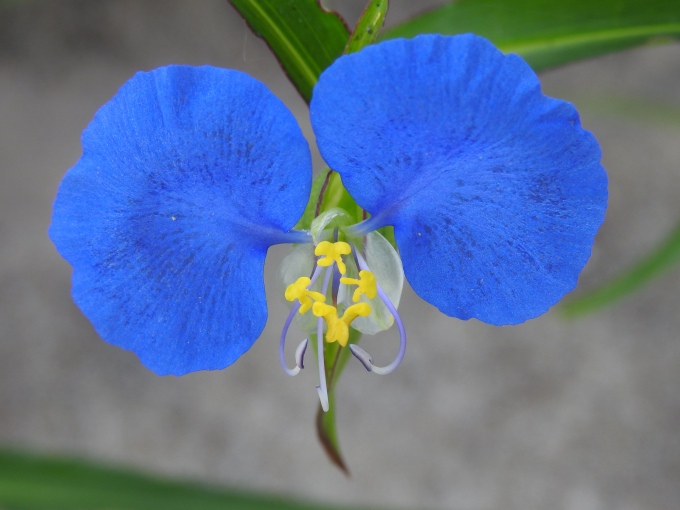
The most famous location for migrant songbirds on High Island is the 60-acre Boy Scout Woods Sanctuary, also run by the HAS, but like other birders in recent years, we enjoyed the nice trails but did not find the birding to be nearly as good as at Hooks Woods and Smith Oaks. This may be a result of hurricane damage, which probably opened up the canopy somewhat, letting more sunlight reach the forest floor. This can encourage the growth of a dense mid-story that interferes with viewing of the canopy. There are a couple of other sanctuaries on High Island but we found them significantly less favorable for viewing, though they certainly preserved valuable habitat for migrants.
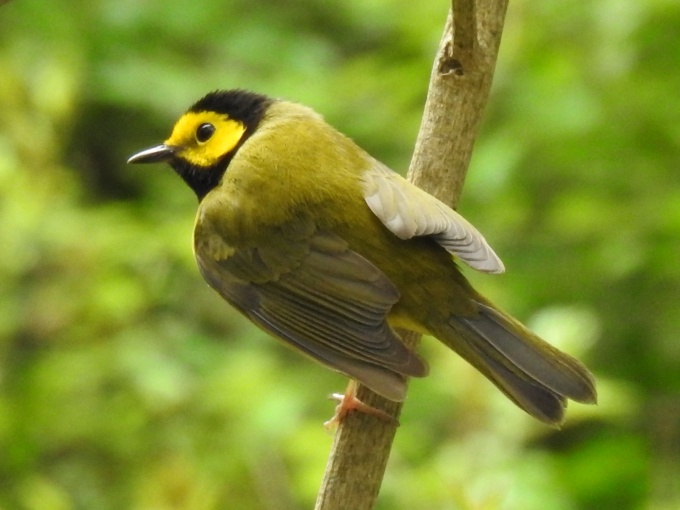
Another site we visited a number of times was 30-acre Sabine Woods, slightly over an hour’s drive from High Island, close to the Louisiana border. This is another high-quality oak woodland close to the coast, and is owned by TOS. It sits on a chenier, which is ridge parallel to the coast, composed of compacted sand, sediment, and shells. This mixture is sufficiently impermeable that it protects the roots of the oak trees from salt water, despite being lower in elevation than High Island. This is a fabulous birding spot with extensive oak groves having little mid-story or under-story, allowing excellent viewing. Another treed chenier is 40-acre Peveto Woods, a 50-minute drive to the east, in Louisiana, but in our limited experience it is not as good for warblers as Sabine Woods or High Island.
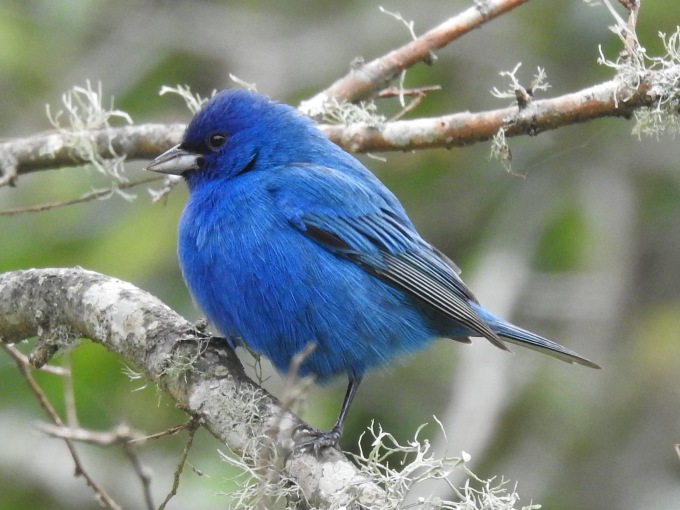
To predict whether a day had songbird potential, I used the smartphone app Windy, set the altitude for 3000 feet, and first checked the wind direction and speed on the Yucatan at 8 p.m. the evening before. Reasonably strong winds from the south or southeast would likely lead to a good takeoff of migrants. This condition was met most of the time as these are the prevailing winds (were this not the case, it is doubtful whether trans-Gulf migration would have become so common). Next, I would check the winds in the northwest Gulf and right at the coast, from dawn to mid-afternoon, to determine whether the birds would face headwinds in the latter portion of their flight. Significant north to northwest winds will generally bring birds down on the coast. This condition was infrequently met. Rain also can cause migrants to land, so I checked the probability of precipitation as well. Based on these factors, I had a pretty good idea how the songbird migration would turn out each day. Some days were a bit better or worse than expected, but no days were real surprises.
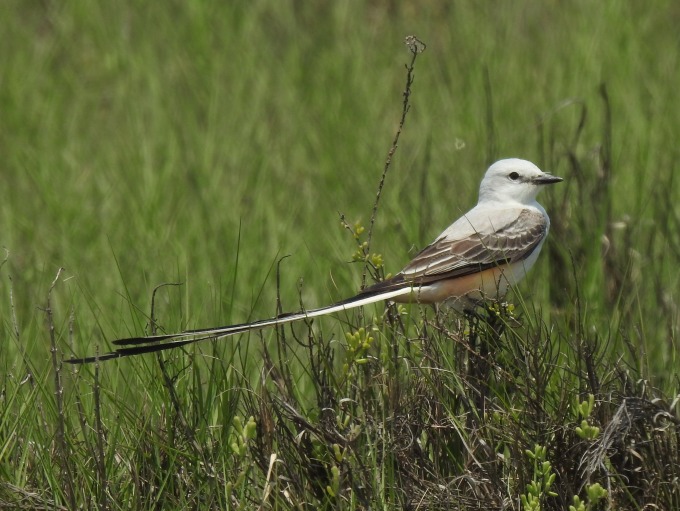
During the course of our stay, we saw all 21 trans-Gulf migrant warblers a number of times, plus about half the remaining eastern warblers. In total, over a 24-day span, we rated 4 days as excellent and 4 days as good for songbird migration. On excellent days we would see 20+ species of warblers, as well as many thrushes, tanagers, etc. The remaining days were really quite poor due to birds overflying the coast, and we spent most of these days looking for waterbirds, or botanizing, or canoeing. Our best day personally was on April 18 at Sabine Woods, although April 24, when we were farther east, was the best day of migration at High Island. Based on conversations with a number of local birders, these dates pretty well bracket the typical prime time for songbird migration on the Upper Texas Coast.
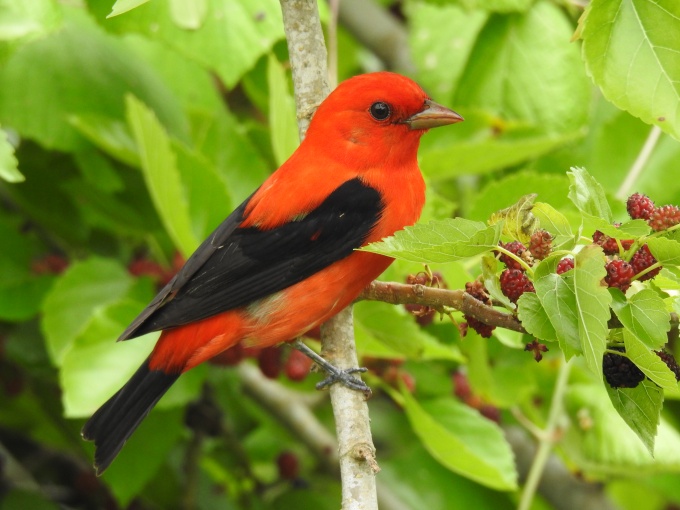
An interesting conundrum is that the radar studies show that half of the two billion birds that migrate across the Gulf do so between April 19 and May 7, yet few people bird the coast after the end of April. There still should be plenty of migrants during the first week of May, yet there are apparently relatively few good days during this period. This is probably because the frequency of occurrence of north winds (often associated with cold fronts) drops off as spring progresses and temperatures increase. So, although large numbers of birds continue to migrate overhead during the first week of May, few land on the coast during that period.
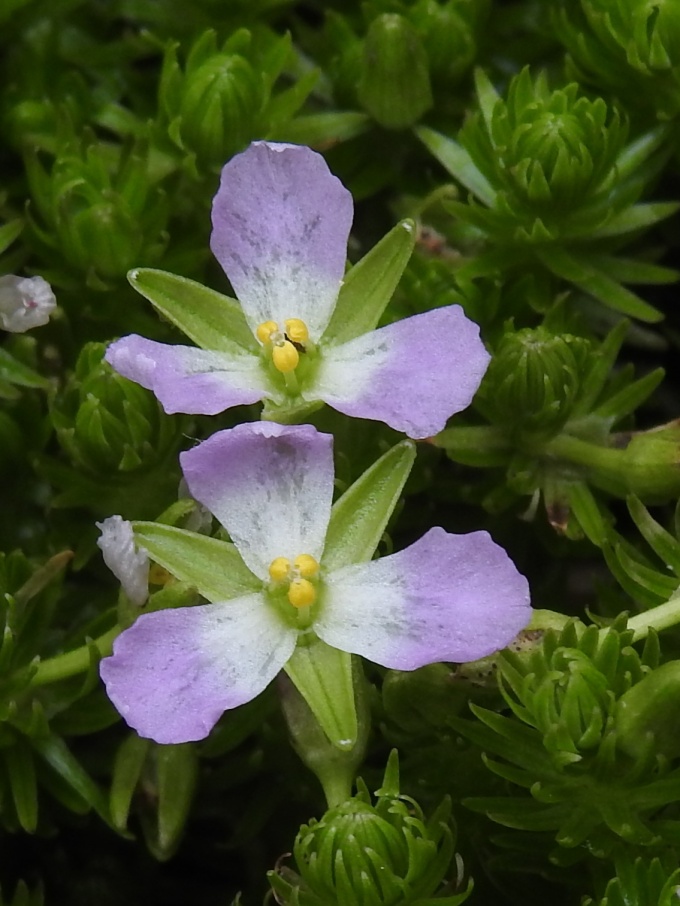
There is a lot of good waterbirding in the area as well. Three locations deserve special mention. Bolivar Flats is a famous shorebird location where we saw Wilson’s Plover, Red Knot, about 4000 American Avocets, and many other wading birds. Rollover Pass is a great place to observe and to photograph terns and skimmers. Both locations are good over a range of tides, with larger numbers of birds at lower tides, but birds more concentrated at closer distances when closer to high tide. The Shoveler Pond Loop at Anahuac NWR is excellent for Least Bittern and Fulvous Whistling-Duck, and we saw Hudsonian Godwit in flooded fields on the entrance road to the refuge.
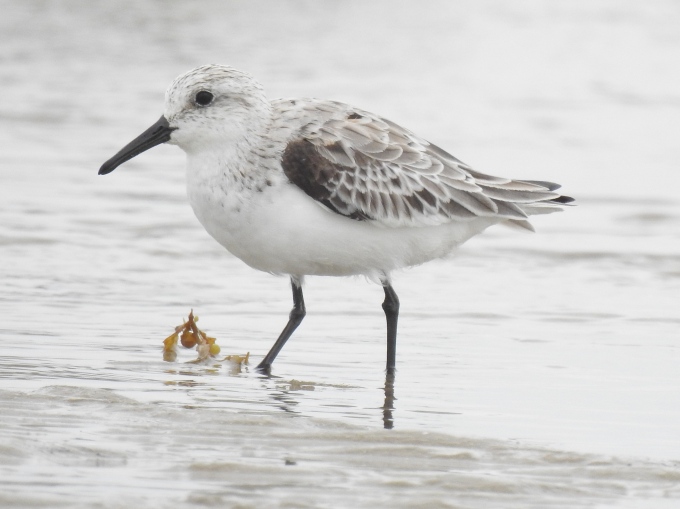
Although we spent most of our time in April birding, native plant genus searches were not neglected. Including a couple of day trips from El Paso, we conducted a total of 36 searches, of which 22 were successful (61%). In addition, we found five genera “serendipitously”, that is, while not searching for them at a known site. So in total we have added 27 new genera this year. One of the highlights of our botanizing was finally seeing Mayaca fluviatilis (Stream Bogmoss) in flower. This delicate aquatic herb, often sold for use in aquaria, is the only species in its family in North America.
We next head inland, generally towards the Austin area, and for the remainder of the year will focus primarily on native plant genus searches.
Always wonderful to hear what you two are up to! It’s funny, looking at the Herbertia, I could have been fooled into thinking I was looking at a Patersonia!
LikeLike
Let us know if you are going to drive thru DFW.
Valerie Dimond
>
LikeLike
Really interesting blog as usual Brian. We’ve never been to High Island so it is definitely on our wish list. Your pics are wonderful. That Acadian Flycatcher would be a lifer for us and I love the blue colour of the Commelina erecta. Reading the FG newsletters, it seems like they are expecting to run some US tours in the summer. The foreign ones may be a little optimistic. Most countries are in a similar state to Canada – varying degrees of opening & closing businesses & gatherings and definitely not welcoming ingoing or outgoing travel. We are still struggling with covid variants – a new one now from India. It also appears that the Canadian decision to wait 3 – 4 months between first & second shots of Pfizer may result in poor protection from variants. We are still waiting for our second shot, probably until the end of June. We have given up on any summer travel and are focused on our Wings tour to W. & N. Australia departing Sept 24. If we assume that we need 2 months between confirmation & departure in order to arrange flights etc., then we have 2 1/2 months from now for everything to settle down enough to make this a go. 50:50 I’d say. We hope you guys are healthy and having fun with your plants. What is Eileen reading now – she should send us a book list as we know she gets through quite a lot, just like Terry. I’m much slower I’m afraid. Terry’s knee is progressing on schedule and she is walking quite easily now. Best Wishes to you both, Rhys & Terry
On Sun, 2 May 2021 at 10:28, Nomadic Naturalists wrote:
> bwkeelan posted: “We had planned in 2021 to take a series of international > birding tours during the year, with short forays in between, rather than > taking a single long road trip. However, the first several tours have been > cancelled because of COVID-19, and the remainder a” >
LikeLike
How wonderful to read this update and to know you both are well. I’m so sorry your plans for international travel had to change, but these pictures tell a story of time well-spent.
I wish you both continued health and successful searching and discovery.
LikeLike
Neat Brian, Not a good year at Sanibel very few birds a three warbler day was a big one. Banding at Crown point for two weeks starting Saturday. Safe Travels, Gary
Sent from Mail for Windows 10
LikeLike